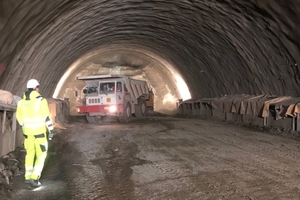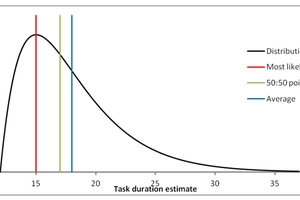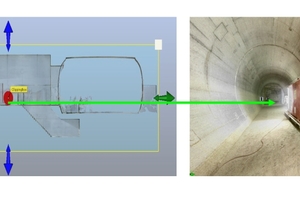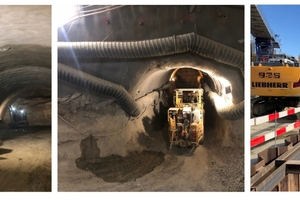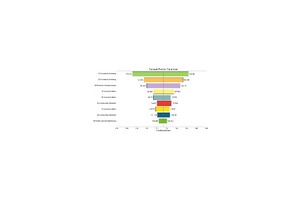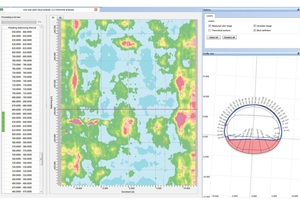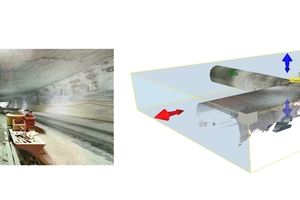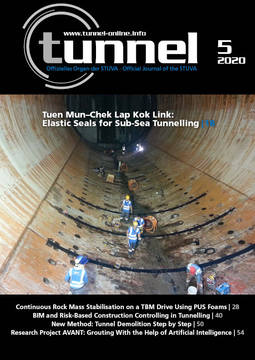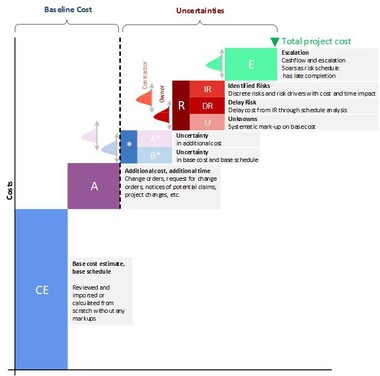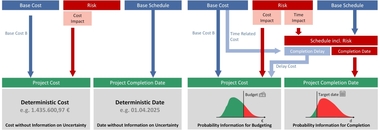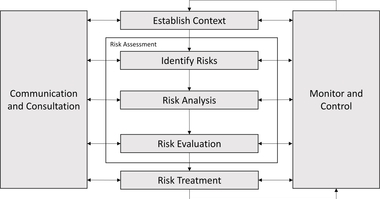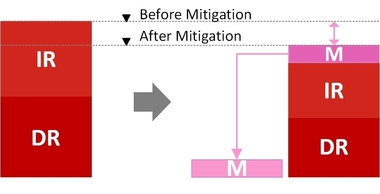Manageable Complexity – BIM and Risk-Based Construction Controlling in Tunnelling
Four out of five major projects are not completed within the planned time and the budgeted costs. The reasons for this great uncertainty lie in the lack of integration of a quantitative risk analysis (QRA) and the duty of documentation laid down in BIM. Although the BIM standards specify this, both risks and the chances arising in the course of construction are seldom documented. This leads to incorrect estimates and ad-hoc assumptions cumulating over the construction period. One solution is to integrate the BIM duty of documentation and the QRA into risk-based construction controlling. The rapidly developing BIM processes using laser scan technology can also help to improve construction documentation and the controlling of costs, time and progress. The effects of the described procedure in BIM and risk-based construction controlling effectively reduce risks, improve cost transparency and thus ensure the intended return of the overall project.
Complexity in Tunnelling
In modern tunnelling, numerous requirements are imposed in the phases of design, construction and operation. From the start, it is necessary to harmonise the premises of site management, coordination and technology due to the complexity of tasks and organisation
(Fig. 1).
The client wants to implement the project within the projected cost and time framework and provide for high standards of quality and safety. Construction companies on their side have to keep costs low and bear numerous geological and construction risks. On many major tunnel projects, harmonising these...

